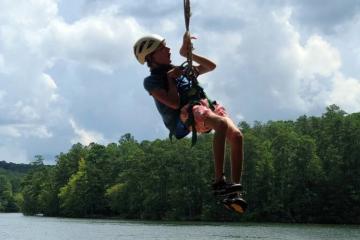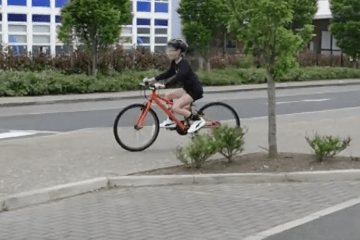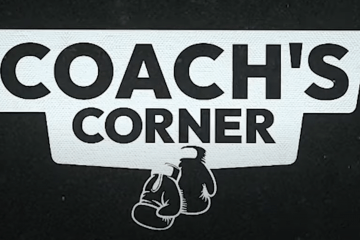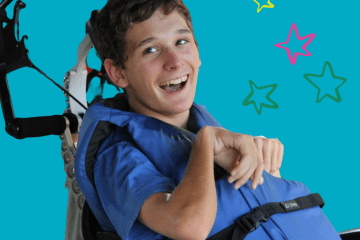Designing Exercise to Improve Bone Health Among Individuals With Cerebral Palsy

Bone health is a problem often not directly targeted among young children and adolescents with cerebral palsy. Most people think that bone health is only an issue among people with cerebral palsy who use wheelchairs, but fat infiltrates have been found within cortical and bone marrow of young people with cerebral palsy that walk.
Bone health has significant implications for overall health and wellbeing in adulthood. Adults with cerebral palsy have higher rates of osteoporosis and osteopenia than their peers, and poor bone strength can lead to progressive joint deformity and nerve damage, and pain.
There are multiple factors that impact bone health, including birth weight, nutrition, medications for seizures and/or reflux, genetics, and physical activity. Targeted exercise to improve bone health in childhood can be sustained into adulthood, and childhood is the best time to promote bone health.
Bone responds to strain and stress in predictable ways, called mechostat theory. Researchers have a developed a mathematical equation to measure loading of bone that includes the ground reaction forces created by the activity, number of loading cycles, and number of times per week. Using this equation, the osteogenic characteristics of the activity can be calculated. When children typically developing jumped off a high box 100 times in a row three times a week for 7 months the increase in bone mass at the hip and low back was large and was maintained 8 years later. Applying mechostat theory to exercise design for individuals with CP may be beneficial.
Implications for dosing interventions for bone are as follows. Critical times for bone interventions are at birth for pre-term infants, during prepuberty and adolescence, and with aging and dropping hormones. Types of exercises should include activities requiring a variety of movements and target the spine, arms or legs. Dynamic activities, either seated, supported standing or standing that provide a lot of impact or force generation of a muscle but still safe are recommended, as are shorts bursts of activity 100-300 repetitions, for 10 minutes, or as fast as possible for 30 seconds. Rest of 4-8 hours is needed between bone loading interventions for the bone cells to rest. The goal is to work on creating many opportunities to build bone throughout the day for a time of at least 6 months. A variety of exercises from box jumping to swimming are characterized in terms of modifications for individuals with varying levels of physical ability, and the osteogenic potential of each activity.
Article Details
The summary above is from a paper published by Mary E. Gannotti, PT, PhD, and other colleagues, which can be found here:
"Bone health has significant implications for overall health and wellbeing in adulthood."






